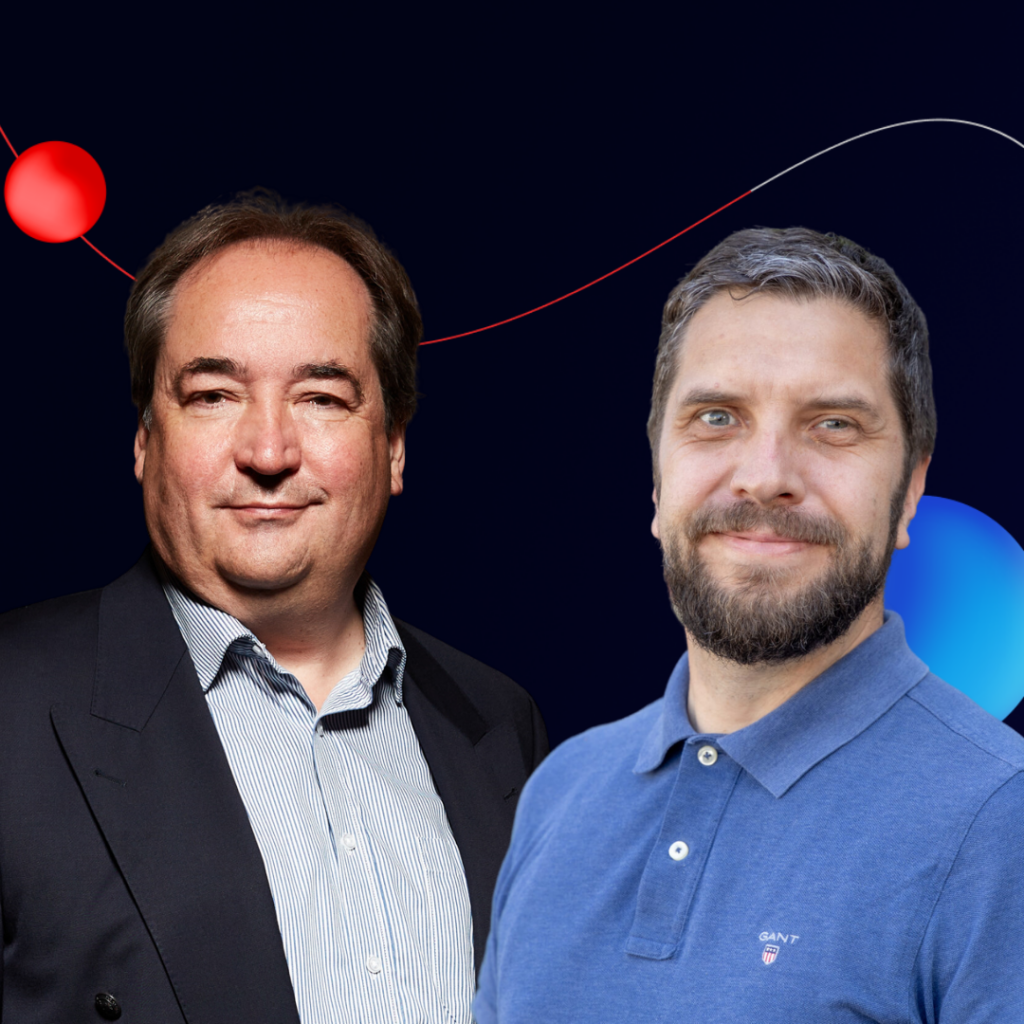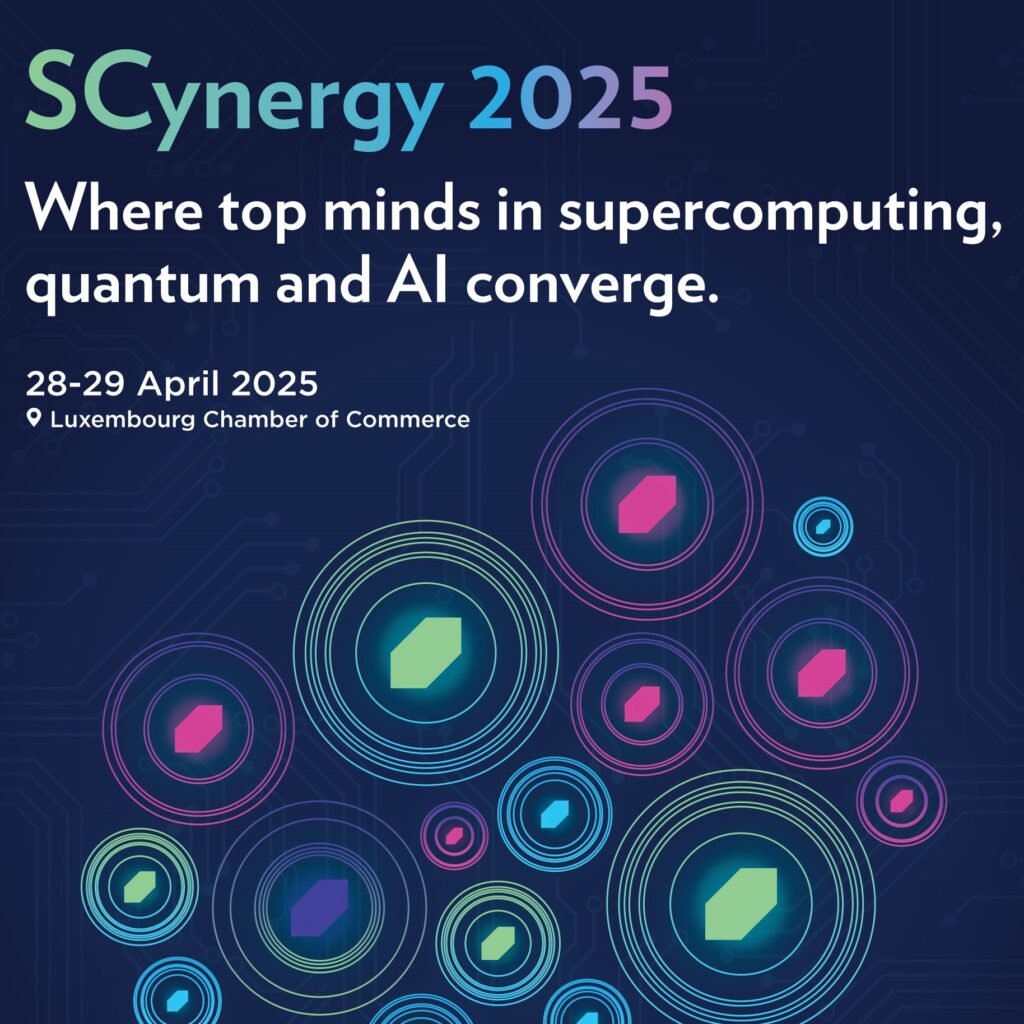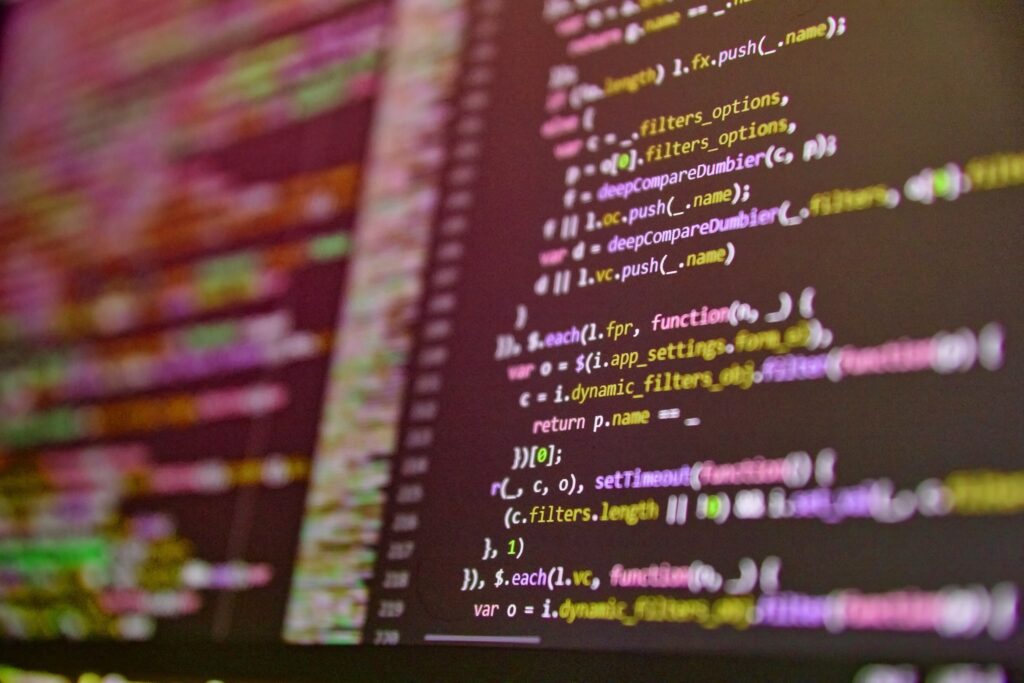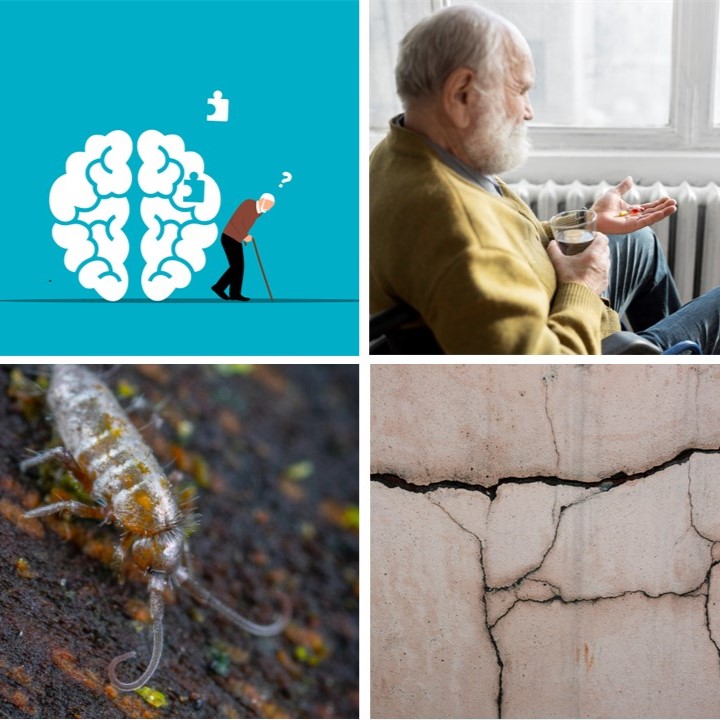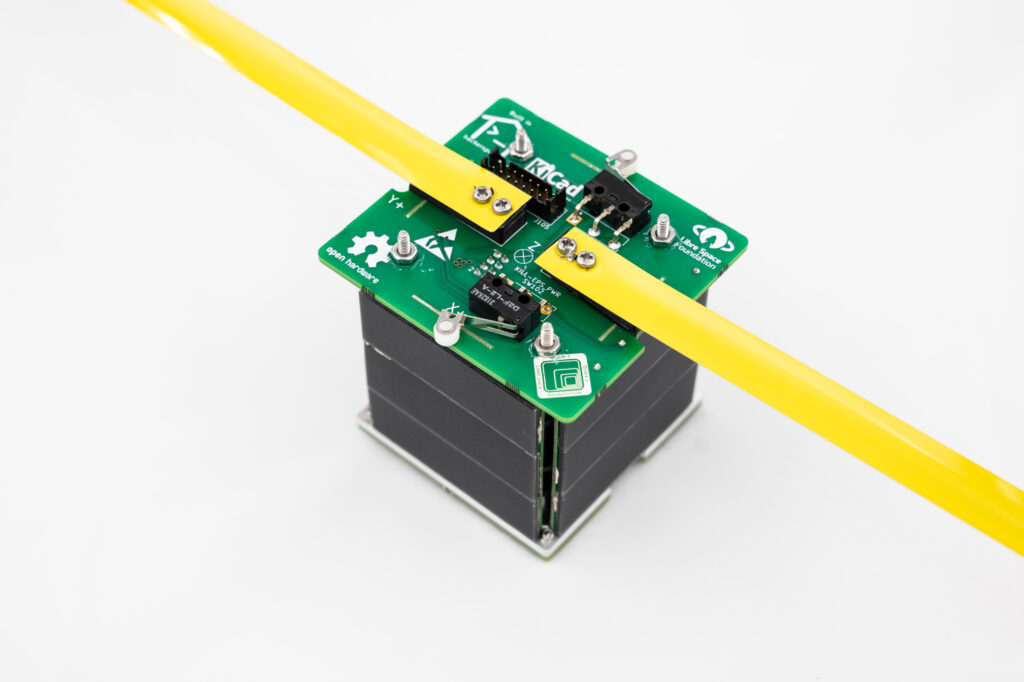Of Robots and Humans: Towards safe cohabitation?
10 May 2021
Are robots and humans bound to live in dangerous liaisons or to live happily ever after? Making robots autonomous has been a rising trend in the robotics industry over the past few years. TRANSCEND, a research project funded in the context of the Audacity funding instrument of the University’s Institute for Advanced Studies, is exploring this topic.
Led by Profs. Jan Lagerwall and Holger Voos, research project TRANSCEND aims to create the foundation for an infrastructure to keep up with emerging trends in robotics and automation. In the long-run, it seeks to ensure safe cohabitation of robots and humans in everyday contexts.
Bringing robots into human-populated spaces
Autonomous robots are not bound to a particular place, like a factory floor, but can move around by either walking as in humanoid robots, rolling as in driverless cars, or flying as in drones.
Linked to this development is an interest to insert robots into human-populated spaces, like public spaces, offices or hospitals and even homes.
” The reasons for bringing robots into human-populated spaces go well beyond the idea of replacing chores, as is the case with robotic vacuum cleaners. They can provide new and better solutions to problems we encounter in our everyday life, like personal mobility (especially for disabled people), firefighting, delivery of goods, organisation of warehouses (including everything from huge Amazon warehouses to a cloak room at a theatre or conference centre) and so on.”
— Prof. Dr. Holger Voos, University of Luxembourg, Interdisciplinary Centre for Security, Reliability and Trust
What about ethical and societal questions?
How will our lives and our behaviour be affected by having robots around us all the time? What about personal integrity when you are surrounded by robots who have artificial intelligence and advanced camera systems that can easily recognise and identify you?
TRANSCEND explores a potentially beneficial path to answer these questions at least partially. By developing a new infrastructure of markers only visible to robots, it may be possible to avoid the constant high-definition video filming and AI-based analysis of the environment for robot localisation and navigation as the robots will only need to look for the markers but not the whole scene to determine its own position and orientation. By ensuring that the markers do not identify which person is in the scene, but only identify the human shape as such, personal integrity is strengthened.
At the heart of this new technology are the remarkable optics of Cholesteric Spherical Reflectors (CSRs), a versatile new optical component that exhibits omnidirectional reflectivity in a narrow wavelength band with circular polarisation. This enables detection from any direction even in visually complex and dynamic environments, without false positives.
“By tuning the reflection band outside the visible spectrum, CSRs are undetectable by the human eye, hence aesthetically non-intrusive. We will coat surfaces with CSR-based fiducial markers—effectively invisible QR codes—that link the physical world to its digital representation, allowing Machine-to-Machine (M2M) and Environment-to-Machine (E2M) communication that is reliable, inexpensive and extremely energy efficient”
— Prof. Dr. Jan Lagerwall, University of Luxembourg, Head of the Automatic Control Laboratory

The technology will assist navigation and real-time trajectory optimisation for robots (individual or in swarms), robot-assisted construction and responsible deconstruction and recycling, supporting the circular economy.
The research project starts on 1 September 2021.
TRANSCEND is one of six new interdisciplinary research projects which received multi-year funding in the context of the Audacity funding instrument of the University’s Institute for Advanced Studies.
Excerpts from The future is now – how can humans and robots live together?, published by University of Luxembourg on 5 May 2021.

